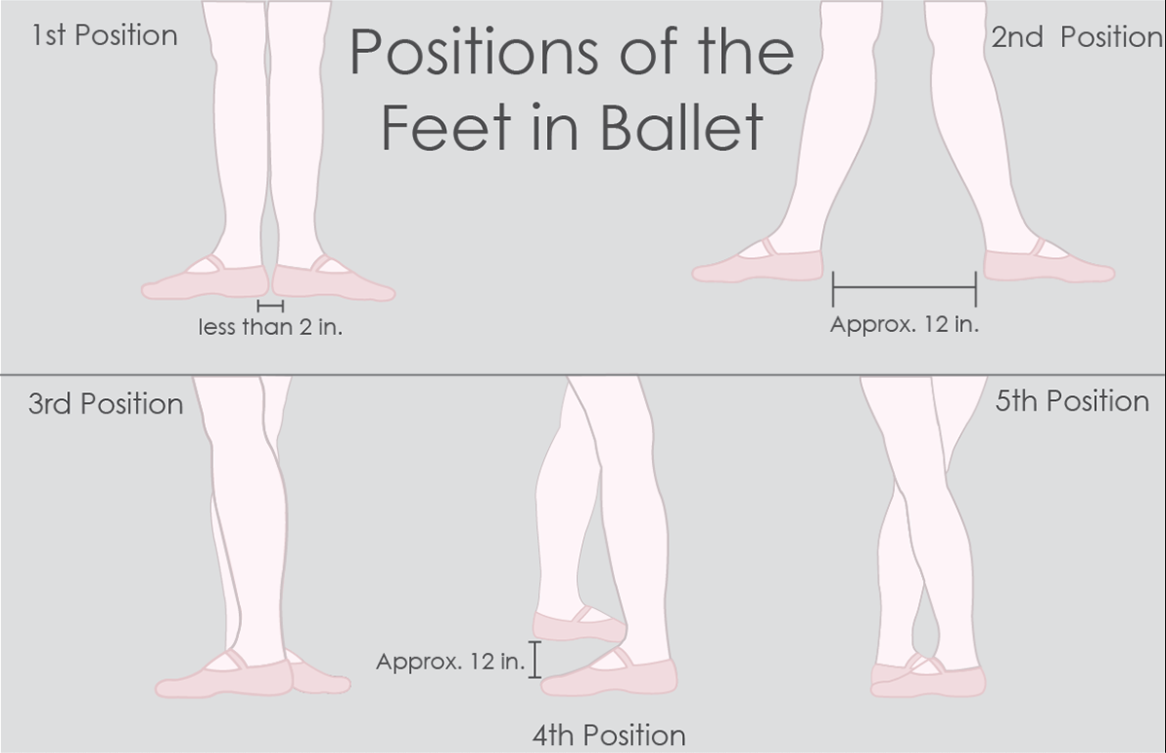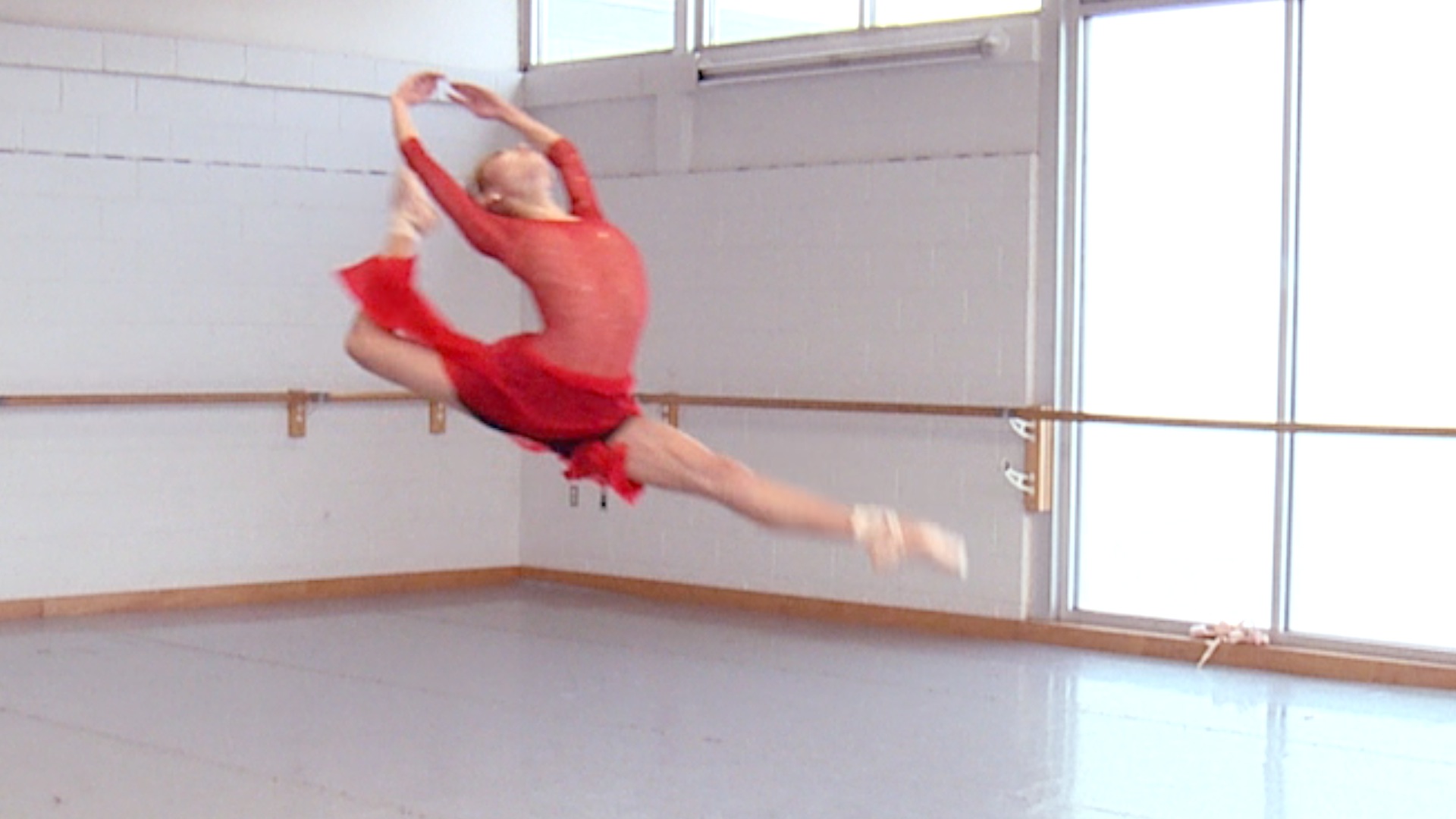

Since it is a basic move and is widely taught to beginners, the dégagé ballet move isn’t hard to execute.
#Advanced ballet moves how to#
Carefully select the correct kind of ballet music class, and it’ll help enhance the effectiveness of your training session greatly! How To Do A Dégagé In Ballet? It’s possible to play around with the tempo slightly to change things up, but the quickness of dégagé means if the pianist plays around with the beat too much, the dancers will risk losing the rhythm.Įven if you don’t have a live pianist in-house, you can still put on some good practicing music to help the dancers count the beat. For most of the session, they must also keep perfect time, almost to the precision of a metronome. Great pianists can accent the downbeat slightly, making it clearer and sharper. This will help the dancers with executing their fast, striking motions. Additionally, the music should have some micro-phrases over 8 counts (not 8 bars). The backbeat should also accent the third beat more than the first.

The best music for practicing dégagé is usually bouncy and spirited, usually in a 4/4 tempo. If there’s a live pianist in your studio, then during the dégagé-practicing segments of the class, they need to know how to play the correct music for the practicing dancers. It’s just the naming convention that’s different, so don’t worry too much!Ĭheck more: Adagio Ballet: Definitions, Variations, Steps & More Dégagé Ballet Music The Russians, meanwhile, call it the battement jetté, describing the sharp kicking and extension of the leg outward and inward.īut no matter what it’s called, across all four schools of ballet, dégagé is done in the same way. Unlike the American or the Italians, the French put more focus on the gliding motion of the foot over the floor rather than the detaching motion. In French schools, this move is typically called battement glissé (“glide”) instead. This term “dégagé” is especially prevalent in American and Italian ballet schools as the ballet dancer will focus on disengaging their foot from the floor. Other than being a great warm-up, dégagé is also a preparatory (initiating) step to other ballet moves, like jeté, assemblé, brisé, and glissade. Well, the working leg’s foot will extend outward with a tendu, brushing against the floor, then pointing at 45° or lower angles in the air. Dégagé ballet meaning is actually an abbreviation of battement dégagé, which means “disengaged” in French.


 0 kommentar(er)
0 kommentar(er)
